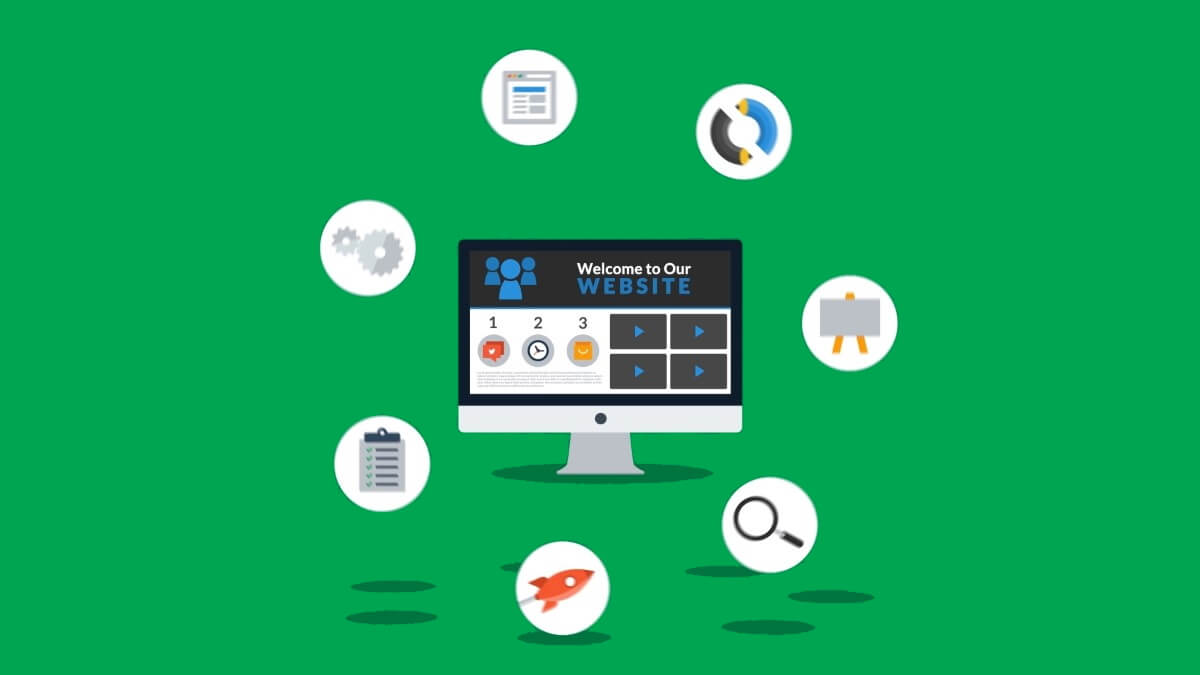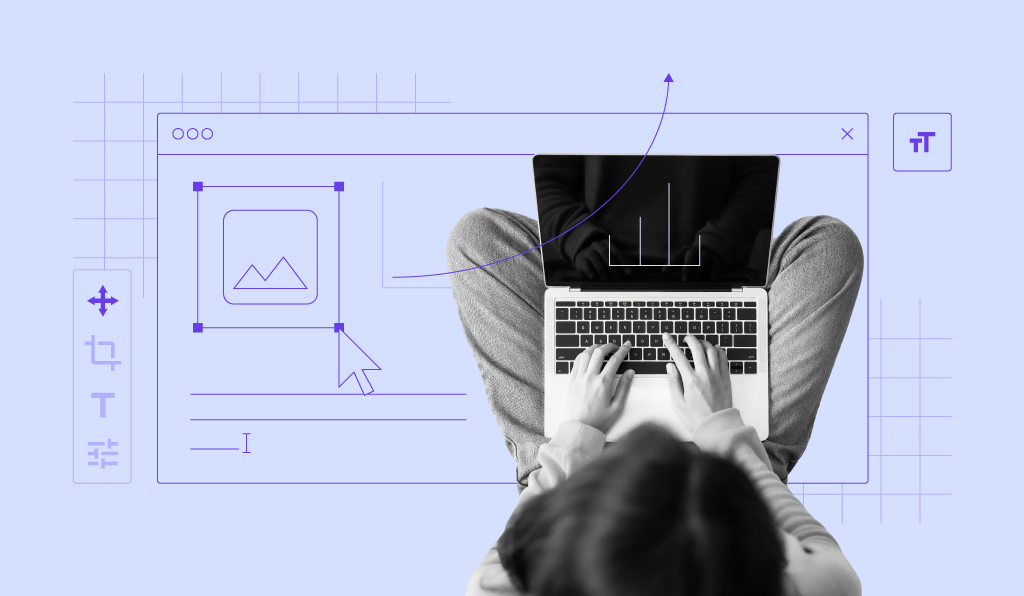Key Trends in Modern Internet Layout That Every Designer Ought To Know
In the rapidly evolving landscape of website design, numerous essential trends have actually arised that are necessary for designers to comprehend in order to stay competitive. A minimalistic style approach is acquiring traction, emphasizing simpleness while improving customer experience via fast lots times and accessibility. In addition, mobile-first approaches and the recent combination of dark mode alternatives are improving just how users interact with digital content. As these patterns remain to progress, understanding their effects will certainly confirm critical for effective style. What exists ahead in this vibrant field may redefine the criteria of user interaction and functionality.

Minimalistic Layout Strategy
The minimalistic layout technique has become a specifying trend in contemporary website design, defined by its emphasis on simpleness and performance. This style philosophy supporters for the decrease of elements to their crucial forms, permitting a cleaner and a lot more user-friendly user experience - Web design in Penang. By eliminating unneeded distractions, minimalism facilitates more clear interaction of material, making sure that users can navigate internet sites easily
Among the main benefits of minimalistic style is its capability to boost tons times and general site performance. Less graphical elements and streamlined coding result in quicker web page displays, which is crucial in retaining site visitor interaction. In addition, this strategy cultivates a sense of beauty and professionalism, often lining up with brand worths that prioritize clarity and performance.
Furthermore, minimalistic design is inherently versatile across numerous gadgets and display sizes, guaranteeing uniformity in individual experience. The concentrate on typography and whitespace creates a visually attractive layout that overviews users in the direction of vital actions, such as phone call to activity or important info.
Emphasis on Access
Identifying the varied demands of customers, modern internet design increasingly highlights accessibility as an essential concept. This shift is driven by the understanding that websites must be useful by individuals with differing abilities, including those with aesthetic, auditory, motor, and cognitive disabilities. Ensuring access not only lines up with ethical considerations yet also expands the possible target market for web content.
Trick techniques in improving access include making use of semantic HTML, which supplies purposeful context to assistive innovations, and the application of ARIA (Easily Accessible Abundant Net Applications) duties to boost navigation for users reliant on screen readers. Color contrast, text dimension, and receptive design elements likewise play considerable roles in making web content more available.
Furthermore, integrating key-board navigation alternatives permits users with mobility impairments to communicate with web user interfaces flawlessly. Normal access audits and customer testing with people with disabilities can further improve layout selections and identify potential obstacles.
Eventually, prioritizing accessibility not just fulfills lawful demands yet likewise promotes an inclusive digital atmosphere, enhancing the general user experience while strengthening the brand's dedication to social duty.
Mobile-First Methods
As ease of access becomes a fundamental aspect of web layout, the recommended you read concentrate on mobile-first techniques has actually obtained prominence. This approach focuses on the mobile user experience, making certain that sites are created for smaller screens and touch interactions before adjusting to larger displays. Provided the significant boost in smart phone use for browsing, carrying out mobile-first techniques is important for getting to a broader audience efficiently.
Mobile-first layout encourages programmers to produce streamlined, effective layouts that pack promptly and work flawlessly on smart phones. This includes focusing on vital features and material, decreasing unnecessary components that could interfere with customer experience. By taking on a mobile-first frame of mind, designers can boost site performance, as several layout principles and optimizations for smart phones translate well to desktop environments.
In addition, internet search engine significantly prefer mobile-optimized sites in their ranking formulas, making mobile-first layout not just a best method however additionally an important aspect for internet search engine exposure - Web design in Penang. By accepting this technique, designers can create comprehensive, straightforward web sites that accommodate diverse audiences, eventually resulting in greater involvement and satisfaction across all systems. In a digital landscape where mobile usage remains to rise, prioritizing mobile-first style is both a calculated and required technique
Dark Mode Integration
Several users appreciate the option of dark mode in modern internet layout, as it not just enhances aesthetic allure yet also improves readability in low-light environments. This layout fad has actually gained grip, driven mostly by user demand and the increasing recognition of eye pressure related to prolonged exposure to bright screens.
Dark setting combination allows programmers to create aesthetically striking interfaces while maintaining use. By utilizing a darker shade combination, developers can decrease glow and lessen exhaustion, which is especially useful for individuals that spend expanded periods on their tools. Dark setting can prolong battery life on OLED displays, an added benefit for mobile users.
When carrying out dark mode, designers ought to make certain that color contrasts are optimized to preserve readability. Key aspects such as message, icons, and interactive elements have to be clearly appreciable versus darker histories. It is likewise important to offer customers with the capacity to toggle between light and dark modes flawlessly, catering to private preferences and environmental contexts.

Dynamic Web Content Experiences
In the realm of modern-day website design, dynamic content experiences have actually arised as a transformative technique that improves user involvement and interaction. By leveraging real-time information and individual habits, websites can deliver individualized web content tailored to private preferences and needs (Web design in Penang). This flexibility not only enhances customer complete satisfaction but additionally drives greater conversion rates
Dynamic web content can take different types, such as individualized product referrals, location-based info, and contextually relevant site link short articles. Technologies like AJAX and server-side scripting permit for seamless updates without calling for a full web page reload, making sure a smoother user experience. In addition, the assimilation of artificial intelligence and artificial intelligence even more improves these experiences by evaluating customer interactions and adapting material accordingly.
The execution of vibrant web content experiences additionally presents opportunities for A/B screening and performance optimization. By continuously analyzing user information, developers can make enlightened modifications to make best use of interaction and retention. As customers progressively expect tailored experiences, embracing dynamic material will be crucial for programmers aiming to create internet sites that resonate with their target market. In summary, vibrant material experiences stand for a considerable fad in contemporary web design, shaping the future of electronic communication and user complete satisfaction.

Conclusion
In final thought, the landscape of modern web style is shaped by numerous key patterns that boost individual experience and engagement. A minimalistic design technique focuses on functionality, while ease of access makes certain that varied individual requirements are satisfied.